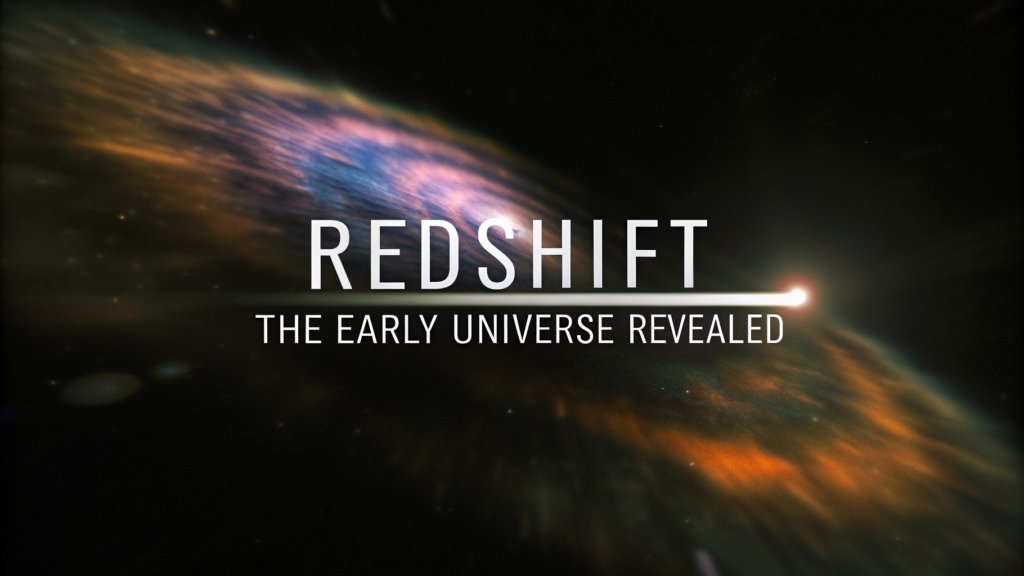Galaxies at the Edge of Time: What Redshift 12 Reveals About the Early Universe

The universe just got a lot more mysterious—and thrilling. In a recent discussion between renowned astrophysicists, the discovery of a galaxy at redshift has sparked new questions about how early galaxies formed, and whether our current understanding of cosmic evolution still holds up.
What Does Redshift Mean?
In astronomy, redshift measures how much the light from distant objects has been stretched by the expansion of the universe. A redshift of 12 means we’re looking at a galaxy as it appeared just about 400 million years after the Big Bang—an incredibly early snapshot of cosmic history.
To compare: redshift 4.5, once considered cutting-edge, showed us galaxies about 1 billion years post-Big Bang. Redshift 12 cuts that time in half.In astronomy, redshift measures how much the light from distant objects has been stretched by the expansion of the universe. A redshift of 12 means we’re looking at a galaxy as it appeared just about 400 million years after the Big Bang—an incredibly early snapshot of cosmic history.
To compare: redshift 4.5, once considered cutting-edge, showed us galaxies about 1 billion years post-Big Bang. Redshift 12 cuts that time in half.
Confirming the Discovery: JWST and ALMA
The James Webb Space Telescope (JWST) first flagged this galaxy as a potential redshift 12 candidate. But in science, a hunch isn’t enough—you need data.
Enter ALMA (Atacama Large Millimeter/submillimeter Array), a radio telescope located nearly four miles high in the Chilean Andes. Using millimeter-wave observations, ALMA detected a spectral signature completely different from JWST’s—and confirmed the galaxy’s existence at redshift 12 with 99.999% certainty.
This independent confirmation made the discovery bulletproof.
Rethinking Galaxy Formation
This galaxy’s existence presents a cosmic puzzle: how did something so massive form so quickly?
Traditionally, astrophysicists believed galaxies formed slowly—first with stars, then black holes, then larger structures forming around them. But at redshift 12, there simply isn’t enough time for that process.
This has reopened the classic “chicken or egg” debate: Do black holes form first, attracting matter to form galaxies? Or do stars and galaxies form first, eventually creating black holes?
This mystery challenges decades of assumptions.
The Role of JWST: A Telescope Built for This Question
Interestingly, this is exactly why JWST was built: to see deeper into space (and thus further back in time) than any telescope before it. Its mission was to resolve early galaxy formation—but ironically, it may now be revealing that our models don’t go back far enough.
In short: JWST is showing us galaxies so fully formed that we’re missing the very beginning stages of galaxy formation.
Are We Seeing the Real “Early Universe”?
The conversation also highlights a critical shift: We’ve built our theories of early galaxies based on observations of a later universe. The conditions back then—density, temperature, even the availability of heavy elements—were drastically different.
This means the first galaxies may have formed under completely alien conditions.
Is the Big Bang in Trouble?
Despite these surprises, both scientists agreed: the Big Bang theory is still rock solid. There’s overwhelming evidence—from cosmic background radiation to the expansion of space—that the Big Bang happened. What’s being questioned isn’t that the universe began this way, but how fast structures like galaxies formed in its wake.
In fact, we understand the Big Bang better than we understand galaxy formation itself.
Redefining What a Galaxy Is
If we’re finding galaxies at redshift 12, maybe we need to revisit what we even mean by the word “galaxy.” Are we looking at fully formed systems? Or are these early agglomerations of stars and gas—cosmic building blocks still in progress?
As more high-redshift discoveries roll in, our definitions may need to evolve.
Conclusion: A New Era of Cosmic Discovery
We are standing at the edge of an astronomical revolution. The discovery of a galaxy at redshift 12 is more than just a record-breaking find—it’s a challenge to everything we thought we knew about the early universe.
As JWST and telescopes like ALMA continue to uncover more cosmic secrets, we’ll need to rethink old ideas, embrace new models, and ask even deeper questions.
Because when it comes to the universe, the more we see, the more we realize how much we don’t yet know.
Want more updates like this? Follow The Cosmos Today as we continue exploring the universe’s most mind-bending mysteries.
